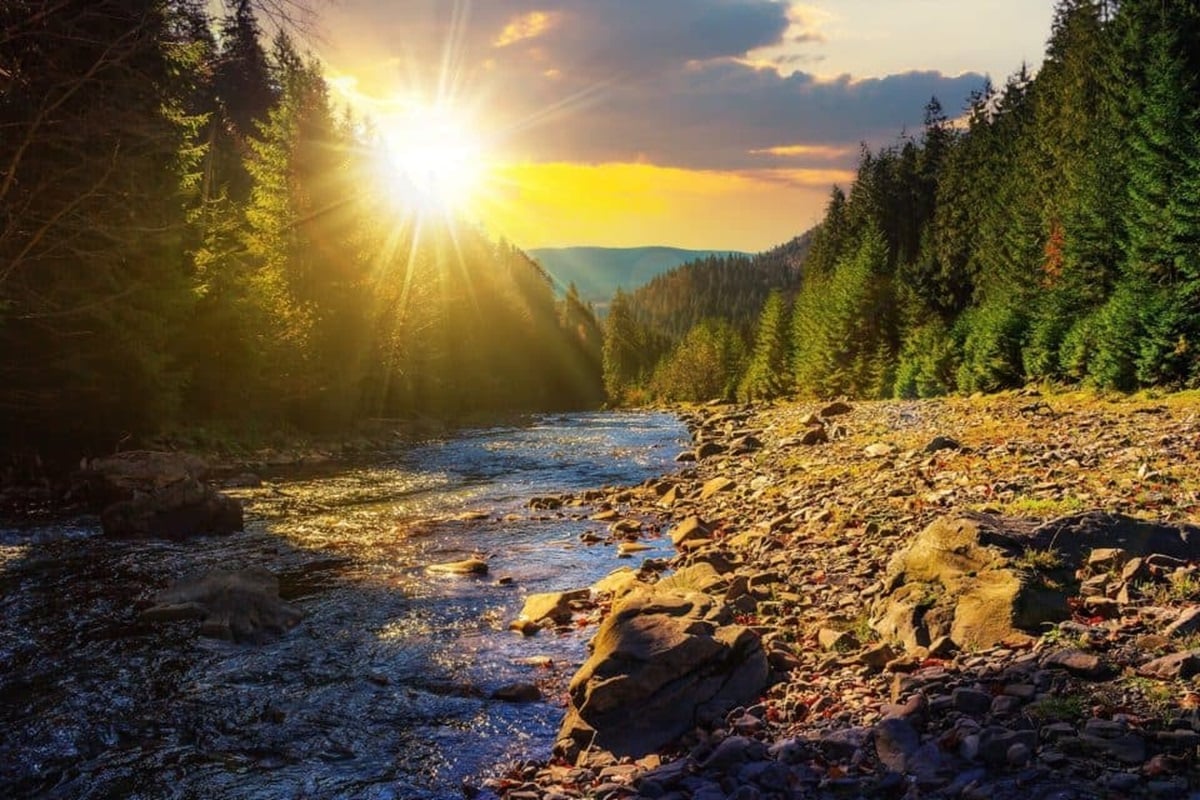Indoor plants not only enhance the beauty of the house, but also play an important role in mental and physical health. Let’s find out some of the significant benefits of indoor plants and how to take proper care of them.

Benefits of Indoor Plants
Air Purification: Indoor plants absorb harmful toxins from the air and provide oxygen. Plants such as spider plant, snake plant, and English ivy are helpful in absorbing toxins such as benzene, formaldehyde, and trichloroethylene.
Improve mental health: Studies show that the presence of indoor plants reduces stress, increases focus and improves overall mood. Seeing and caring for plants can bring peace and tranquility.
Maintaining humidity: Indoor plants increase the humidity in the room, which helps reduce problems like respiratory problems, dry skin and sore throat.
Beneficial in the classroom: Indoor plants help increase students’ attention and concentration in the classroom. It improves the learning environment and helps in retaining the attention of the students.
How to care for indoor plants
Providing the right lighting: Every indoor plant’s lighting needs are different. Some plants prefer direct sunlight, while others grow better in shade. For example, snake plants grow well in low light, but ficus plants need bright, indirect light.
Regular Watering: Regular watering is essential for most indoor plants. However, overwatering can be harmful to plants. Water should be given when the soil is dry and excess water should be allowed to drain out of the soil.
Maintaining the Right Temperature: Most indoor plants grow best at 65-75 degrees Fahrenheit. Excessively hot or cold temperatures can stunt plant growth.
Maintaining humidity: Indoor plants require a humid environment. You can use a humidifier or spray the leaves of plants to maintain moisture.
Using the right soil: Choosing the right soil for indoor plants is important. Generally, soils with good drainage should be used. Some plants like cactus and succulents require special soil.
Regular cleaning: The leaves of plants should be kept clean regularly so that dust does not accumulate. It facilitates plant respiration and improves photosynthesis.
Indoor plants not only enhance the beauty of the room, but also provide health benefits. With proper care and attention, these plants can make the indoor environment more beautiful and healthy.








